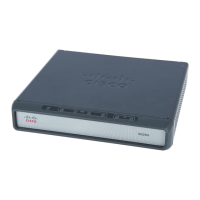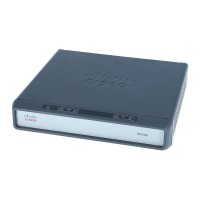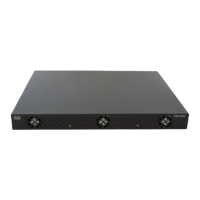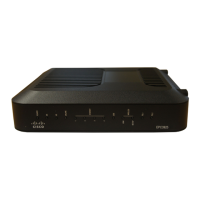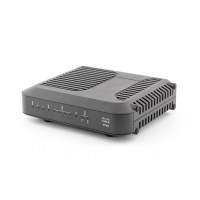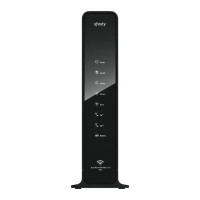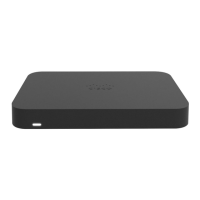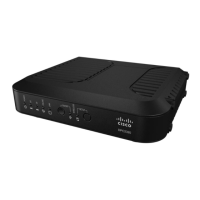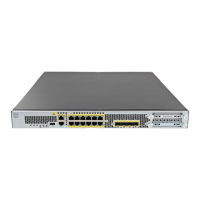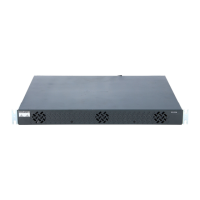Configuring ISG Access for IP Subscriber Sessions
Information About ISG Access for IP Subscriber Sessions
7
Methods of ISG Subscriber IP Address Assignment
IP subscribers either have IP addresses configured statically or obtain IP addresses dynamically through
some network protocol that has the ability to assign IP addresses. For a subscriber to be routable within
a given IP service domain, the subscriber must present a domain-specific IP address to the network. If a
subscriber transfers between IP service domains (which include any private domain managed by the
access provider), the IP address presented to the network must change to reflect the new domain.
The following sections describe the methods of IP address assignment that ISG supports for each type
of Layer 3 session:
• IP Interface Sessions
• IP Sessions
• IP Subnet Sessions
IP Interface Sessions
For IP interface sessions, ISG is not involved in (or aware of) the assignment of subscriber IP addresses.
IP Sessions
For IP sessions, ISG supports the following methods of IP address assignment:
• Static IP addresses
If a subscriber’s static IP address is configured correctly for the service domain, ISG does not have
to be involved in the assignment of an IP address for the subscriber.
• DHCP
If DHCP is being used to assign IP addresses, and the IP address that is assigned by DHCP is correct
for the service domain, ISG does not have to be involved in the assignment of an IP address for the
subscriber.
If the IP address that is assigned by DHCP is not correct for the service domain, or if the domain
changes because of a VRF transfer, ISG can be configured to influence the DHCP IP address
assignment.
The following conditions must be met in order for ISG to influence DHCP IP address assignment:
–
The subscriber must be Layer 2 connected.
–
The ISG device must be in the path of DHCP requests by serving as a DHCP server or relay.
–
Subscribers must not have statically configured IP addresses.
For deployments that support it, DHCP is the recommended method of IP address assignment.
IP Subnet Sessions
For IP subnet sessions, the IP subnet is specified in the user profile.
Public and Private IP Addresses
No matter how an IP subscriber is assigned an IP address, the IP address falls in either the public or the
private IP address category. If an IP subscriber is assigned with a private IP address and the subscriber
has to reach the Internet, a Layer 3 gateway, such as ISG or a firewall, between the subscriber and the
Internet must perform network address translation (NAT) for the subscriber’s private IP address.
